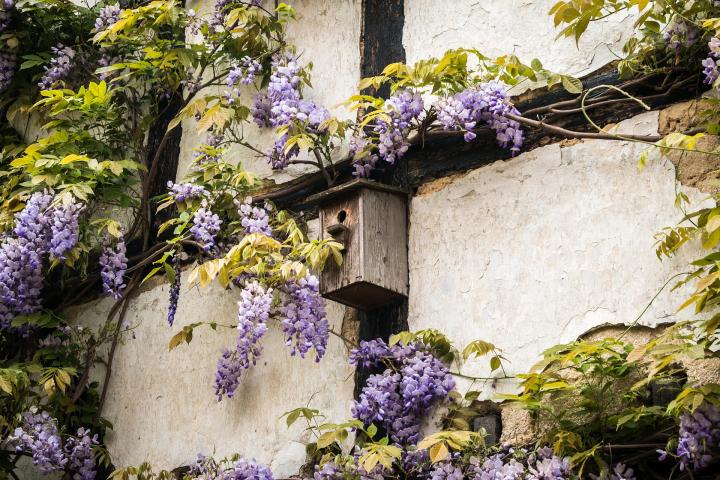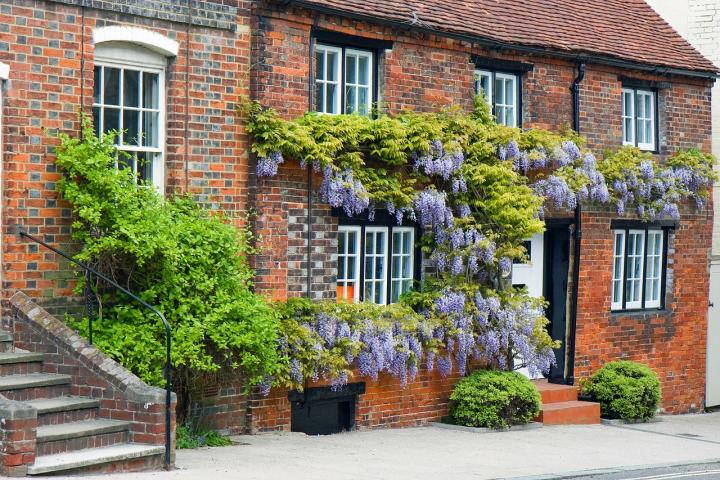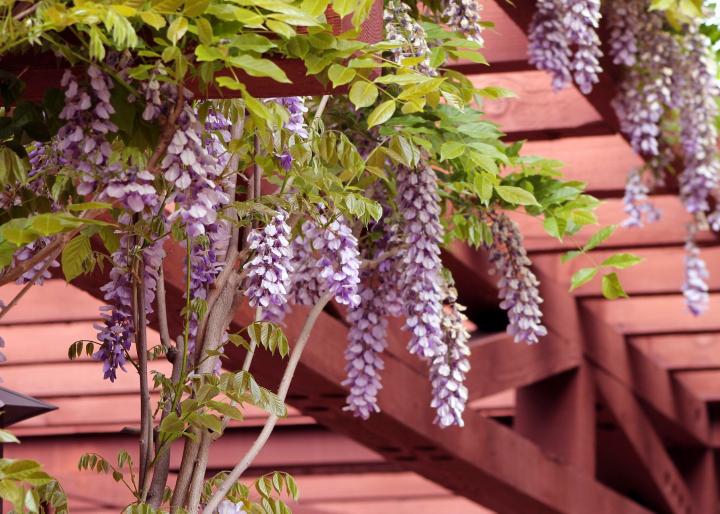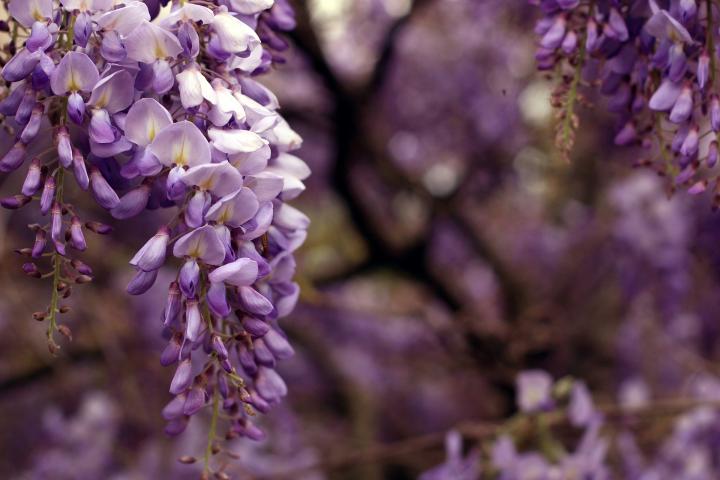
How to Plant, Grow, and Care for Wisteria
ADVERTISEMENT
While quite beautiful, it does draw a plethora of bees, and once in the ground, it is pure HELL to try and get rid of!!!!! Took me 4 or 5 years to finally remove all of the new growth, from wind scattered, bloom droppings, and even now, on occasion, I will find a little new seedling sprouting, in the middle of my lawn!!!! I like wysteria, but BEWARE of what you are getting yourself into!!!! I will opt for a trailing jasmine vine.
It appears to be a science fiction plant. Very invasive, will invade any crack and vinyl siding. You have to aggressively cut back. It is poisonous. It appears very pretty but I would be afraid it will eat my dog and maybe me
Wisteria in Oklahoma is considered an invasive vine. It will tear down fences, take siding off of houses and travel to places it isn't suppose to be. Killing the vine is nearly impossible and you have to stay with the chore until it doesn't sprout up again. A friend had it in his back yard and it took him over 2 years every day he was off to get rid of that beautiful vine.
our 30 year old wysteria always has tons of blooms and tons of bumble bees would the honey of honeybees be safe to eat
Glad to read a positive amongst all the negatives. I have a very wooded back yard & have planted azaleas & Oak Tree Hydrangeas. I had my wooded back yard cleared out as it was taking complete control I still left the back which blends into the Moss Rock Preserve which is about 349 acres.
Any suggestions would be appreciated as I have a large space between two azaleas in the back yard that I just had cleared out.
Thanks so much!
~ Nancy


 Wisteria looks lovely climbing up the side of a home, but plant with caution; wisteria vines are very powerful and will find their way into any crack or crevice!
Wisteria looks lovely climbing up the side of a home, but plant with caution; wisteria vines are very powerful and will find their way into any crack or crevice!









Comments